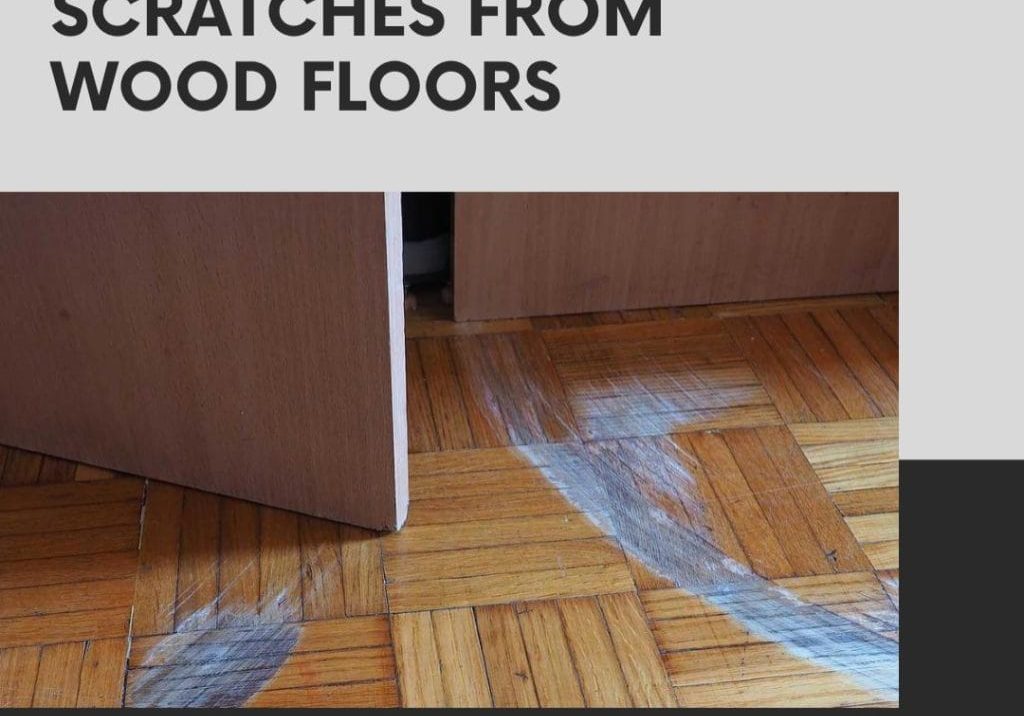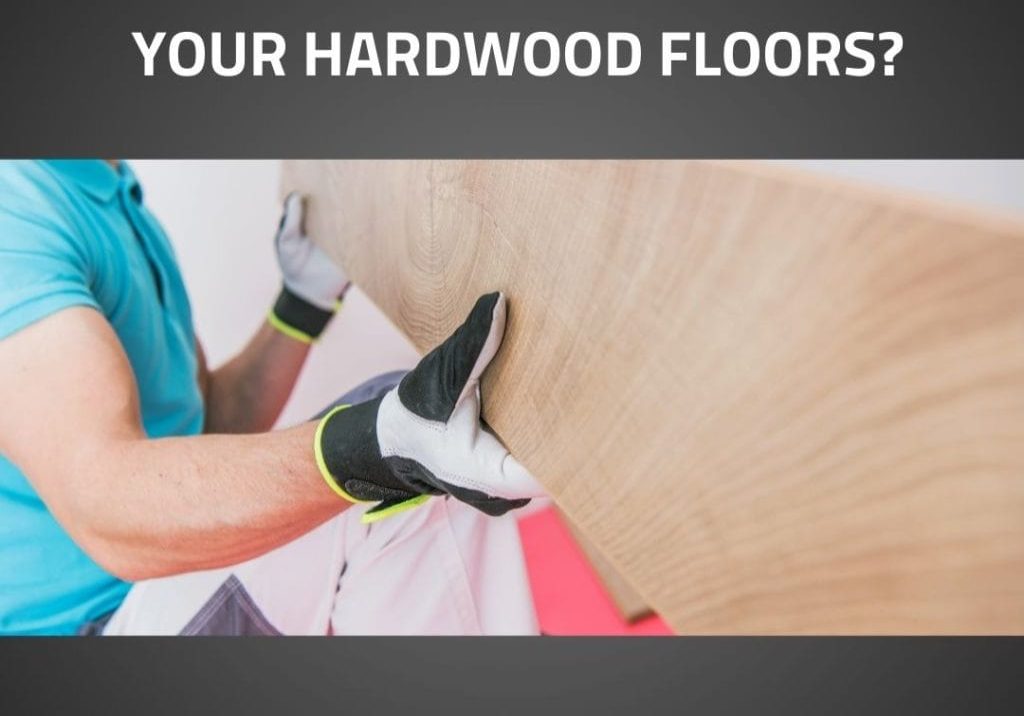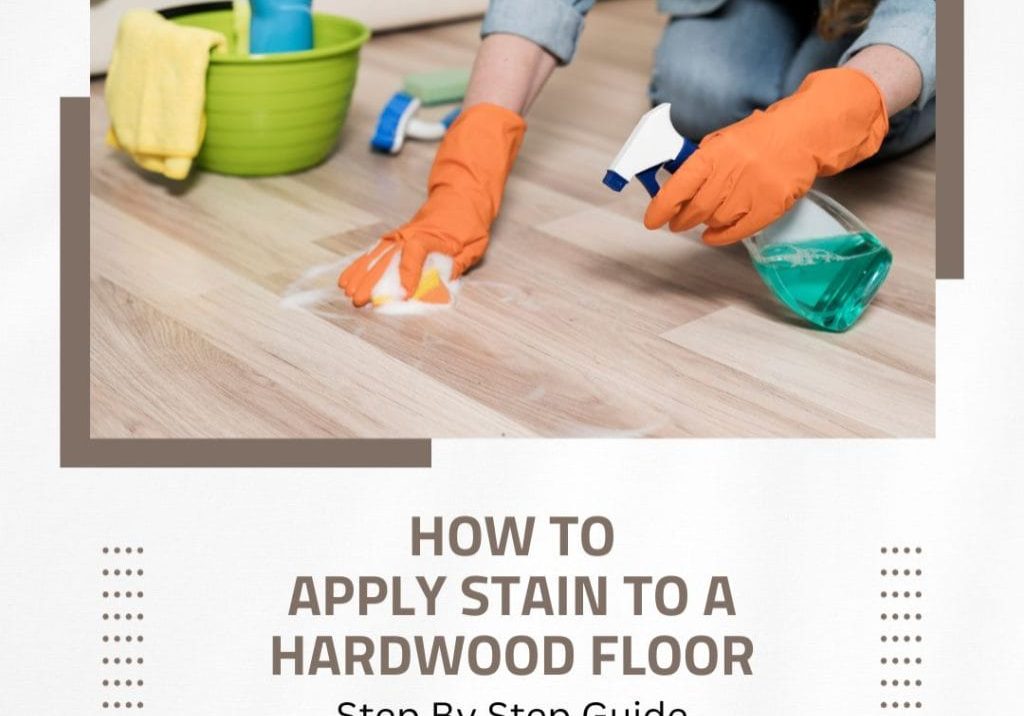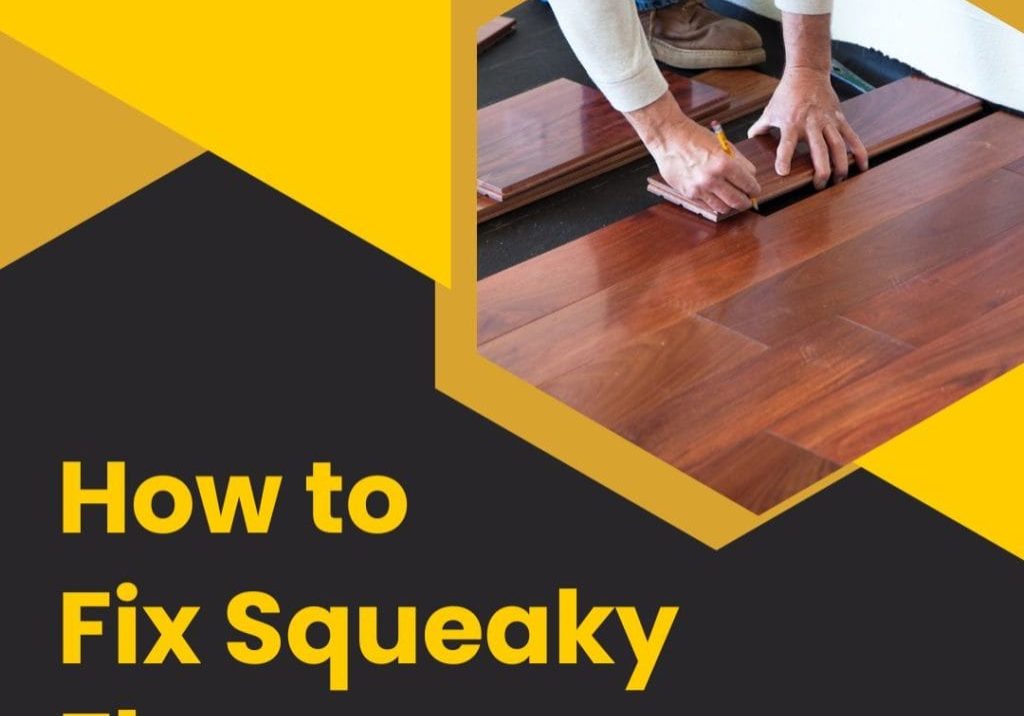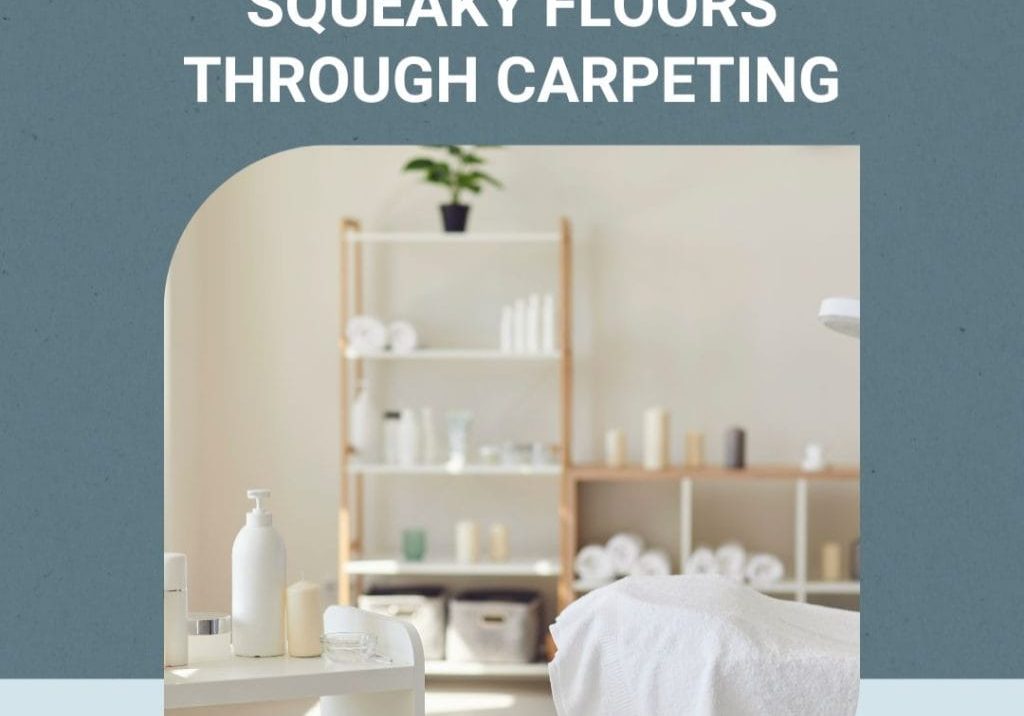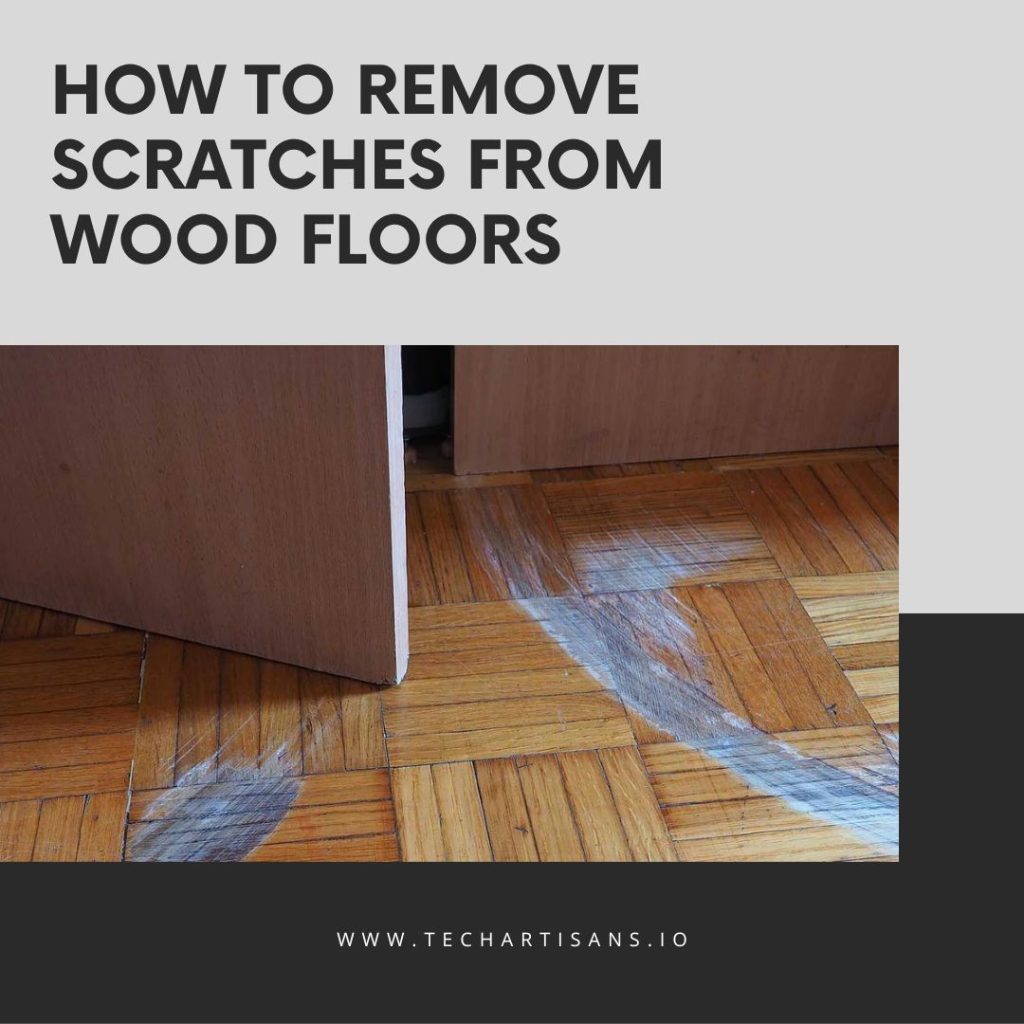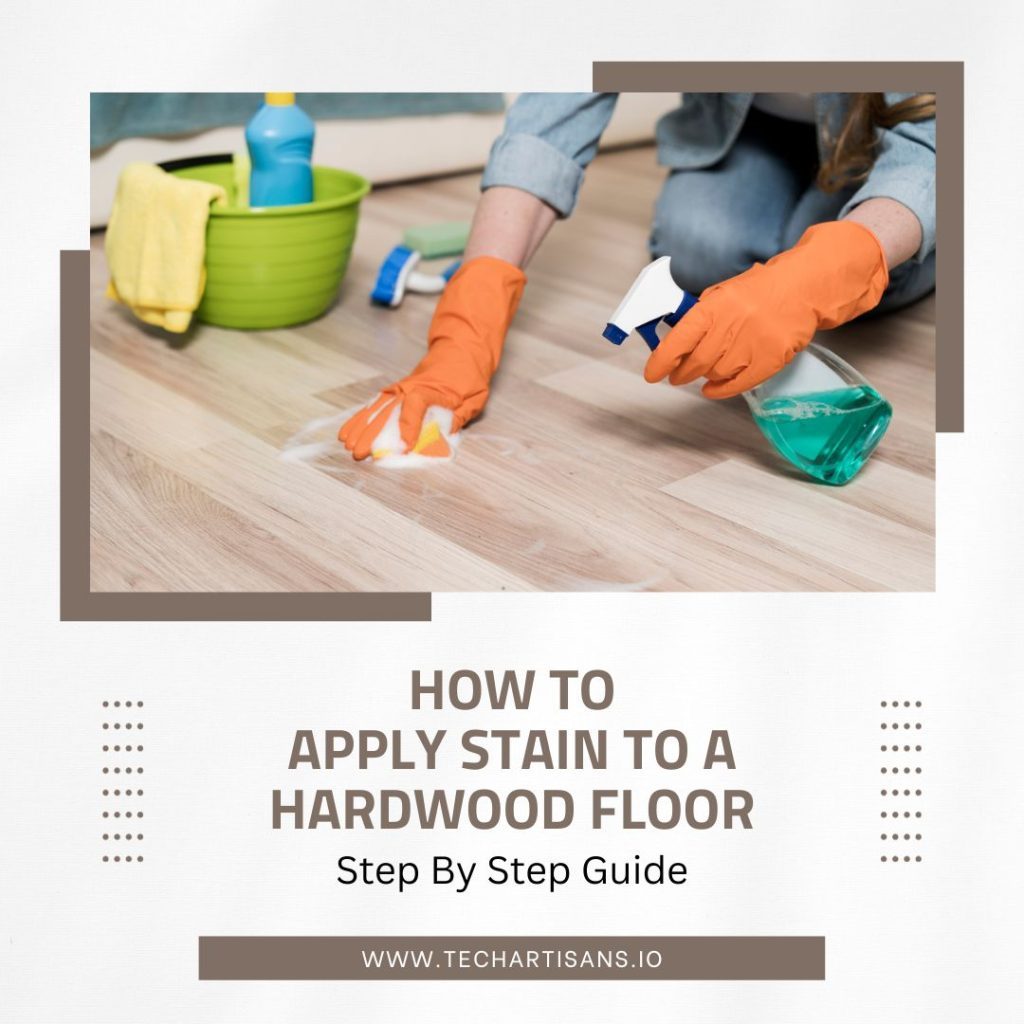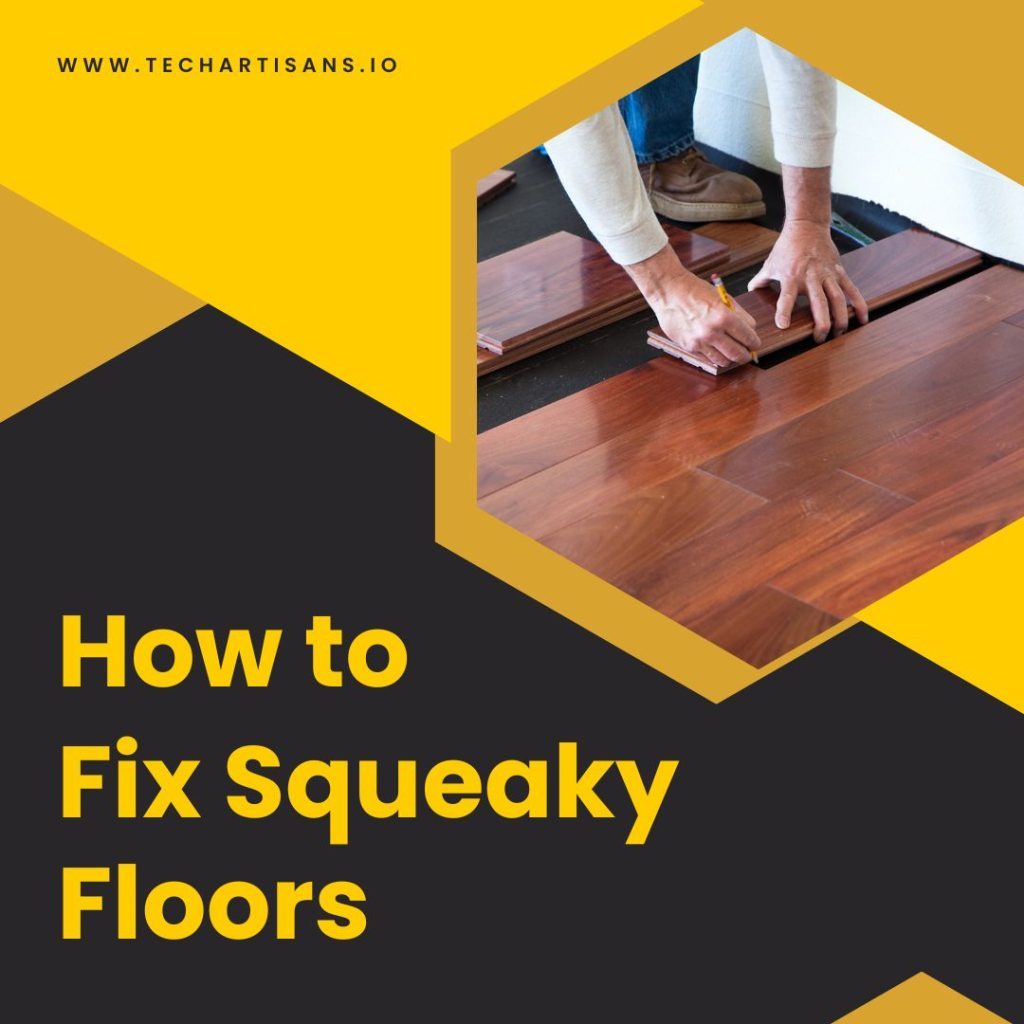Buckled hardwood flooring can be a significant issue that disrupts the aesthetics and functionality of a workspace. More importantly, it poses a safety risk for business owners, possibly leading to unfortunate mishaps. However, restoring the former glory of your hardwood floor can be a simple task. This comprehensive guide will reveal a quick and easy way to repair buckled hardwood flooring, ensuring your business operations continue with minimal disruption. You’ll easily discover how to fix a buckled wood floor, helping maintain a safe and appealing environment for your employees and clients.
Understanding Buckled Hardwood Flooring
Buckled hardwood flooring, while common, is a problem that can greatly impact your workspace’s aesthetics and safety. Understanding what it is and why it occurs is the first step toward a quick and effective hardwood floor repair.
Define Buckling, Cupping, and Crowning in Hardwood Floors.
- Buckling: This is one of the most severe damage a hardwood floor can sustain. It occurs when the wood planks lift off the subfloor, creating an unsightly and hazardous bulge. The primary cause of buckling is exposure to excessive moisture over time.
- Cupping: Cupping is characterized by the edges of the wood planks curving upwards, forming a concave shape on the surface. This distortion occurs when the bottom of the board absorbs more moisture than the top, leading to an imbalance that causes the edges to rise.
- Crowning: The opposite of cupping, crowning results when the top of the wood plank has more moisture than the bottom. The surface of the board bulges, forming a convex shape. Like buckling and cupping, crowning is typically caused by humidity imbalances.
Causes of Floor Buckling
Moisture is the arch-nemesis of hardwood floors, causing them to buckle. Generally, when wood is exposed to excessive moisture, it expands. If the planks are too tightly packed together, they begin to lift off the subfloor, resulting in buckling. This can occur due to plumbing leaks, high humidity, or standing water.
Improper installation is another common cause. If the installer accounts for potential expansion or the floor is properly acclimated to the space’s humidity levels before installation, buckling may occur. In these cases, the floor is constrained and has nowhere to expand, leading to distortion.
Early Warning Signs and Prevention
Proactively identifying early warning signs of buckling and implementing preventive measures can save business owners considerable time and expense. Let’s delve into these early indicators and learn how to stave off potential hardwood floor damage.
Signs of Early Buckling
- Visible Deformities: If your hardwood floor seems uneven or you notice any obvious bulges, these are clear signs that buckling is in progress. It’s important to address these signs promptly to prevent further damage.
- Creaking Sounds: A buckled floor often produces a distinctive creaking or squeaking noise when walked upon. This can be an early warning of a moisture issue causing your hardwood floor to buckle.
- Gaps Between Boards: Another sign to look out for is the presence of gaps between the wood planks. While small holes are normal due to seasonal changes, the appearance of larger or more frequent cracks could signal buckling.
Preventative Measures Against Floor Buckling
Preventing buckling primarily revolves around proper cleaning and moisture control. Regular cleaning with products specifically designed for hardwood floors can prevent moisture buildup that could lead to buckling. Avoid excessive water during cleaning, and promptly wipe any spills up.
Moisture control is equally crucial. Keeping the humidity levels in your premises between 35% and 55% can help maintain the integrity of your hardwood floors. Consider investing in a dehumidifier for this purpose, especially during humid months. Lastly, ensuring your space has proper ventilation can go a long way in averting the risk of buckling.
Assessing the Damage
Before diving into how to fix buckled wood floors, it’s crucial to accurately assess the extent of the damage. This assessment will determine the best repair method and help estimate the cost and time required for the repair.
Assessing Buckling Severity Guide
Conduct a visual inspection to determine the severity of the buckling on your hardwood floors. Look for areas where the wood planks have lifted off the subfloor and note the extent of this upward curvature.
Next, check for any signs of moisture damage, such as discoloration or mold growth. These signs often indicate a deeper issue that may require more extensive repair.
Pay attention to the sound your floors make. As mentioned earlier, a creaking or squeaking noise can indicate buckling.
The size and number of affected areas will give you a clear picture of the buckling extent, helping you decide the next step in your hardwood floor repair.
Deciding Between DIY and Professional Repair
A DIY repair is feasible when the buckling is minor and localized to small areas. This often involves fixing the source of moisture, then reattaching and weighing down the buckled planks until they are flat again. However, if the buckling is extensive or caused by a severe water leak, it’s best to call professionals. They have specialized equipment and expertise to handle large-scale damage, ensuring your hardwood floors are restored to their original condition efficiently and effectively. Remember, tackling a problem beyond your capability may end up causing more harm than good to your hardwood floors.
The Repair Process: Minor Buckling
The repair process can be relatively quick and straightforward for minor buckling scenarios, which typically involve a few localized areas. Here is a step-by-step guide on how to fix buckled wood floors effectively with minimal disruption to your business operations.
Step-by-Step Guide On Addressing Minor Buckling.
- Identify the Moisture Source: First and foremost, identify the source of the moisture that has caused the floor to buckle. This could be anything from a plumbing leak to high humidity. Rectify this as soon as possible.
- Remove the Affected Planks: Carefully remove the buckled planks without damaging the surrounding ones. This may require using a pry bar and some elbow grease.
- Dry the Area: Allow the area and planks to dry thoroughly once removed. This may take several days. You can use fans or dehumidifiers to speed up the drying process.
- Replace or Reinstall Planks: Once the area is dry, replace the damaged planks with new ones or reinstall the original ones if they are not severely warped or damaged. Use flooring adhesive and nail the planks back into place.
- Sand and Refinish: Finally, sand the repaired area until it’s smooth and level with the rest of the floor. Then, refinish and seal the floor to match the existing hardwood. It’s crucial to ensure an even and seamless finish to restore the aesthetic appeal of your hardwood floor.
Discuss the Tools Needed
To effectively repair buckled hardwood flooring, you’ll need the following tools and materials:
- Pry Bar: This tool is essential for carefully removing the buckled wood planks without causing damage to the surrounding floor.
- Fans of Dehumidifiers: These are used to speed up the drying process, ensuring that there’s no lingering moisture that could cause further damage.
- Flooring Adhesive and Nails: These will help to secure the planks back into their original position or affix new planks if the originals are too damaged.
- Sandpaper and Electric Sander: You’ll need these to smooth out the repaired area, ensuring it’s even with the rest of the floor.
- Wood Finish and Sealant: These are crucial for restoring the aesthetic appeal of your hardwood floor once the repair is done by applying a new layer of finish and sealant to protect against future damage.
The Repair Process: Major Buckling
In cases of major buckling, where the damage covers extensive areas or the buckling is severe, the repair process is more complex and time-consuming. It typically requires professional expertise to effectively restore the hardwood floor while ensuring the longevity of the repair. Let’s delve into how to fix buckled wood floors in such circumstances.
Instructions for Major Buckling Repairs
- Evaluate the Damage: Begin by thoroughly evaluating the extent of the buckling. This step might require a professional’s assessment due to the large-scale damage.
- Remove the Damaged Planks: Remove all the buckled planks, ensuring they are detached carefully to prevent further damage.
- Inspect the Subfloor: Examine the subfloor for any signs of damage. If there’s significant deterioration, you may need to replace it.
- Dry the Area: Dry industrial fans or dehumidifiers to thoroughly dry the area. This process could take a week or more.
- Install New Hardwood: Install new hardwood planks once the subfloor is dry and intact. Ensure they are acclimatized to your business’ humidity levels to avert future buckling.
- Seal and Finish the Floor: Apply a quality sealant followed by finishing touches to match the rest of the floor. This step is crucial to protect the floor from future moisture damage and maintain aesthetic consistency.
Guidance On Seamless Board Replacement.
Board replacement and ensuring a seamless finish are critical steps in the repair process. Here are some tips to help you effectively execute these steps:
- Choose the Right Plank: When replacing a board, ensure that the new plank matches the existing ones in thickness, width, and finish.
- Direction Matters: Always install the new plank in the same direction as the existing floorboards. If you place it against the direction, it may result in an uneven surface.
- Proper Gluing: Use a quality adhesive to secure the new plank. Apply it evenly to prevent any lumps that could affect the level of the floor.
- Plan for Expansion: Leave a small gap around the edges of the new board to allow for expansion, preventing future buckling.
- Expert Sanding: For a seamless finish, sand the area carefully, gradually moving from coarse to fine-grit sandpaper.
- Matching Finish: Apply the same finish as the rest of the floor to ensure a consistent look. Testing the finish on a spare piece of wood may be helpful first.
Post-Repair: Floor Care and Maintenance
After successfully repairing the buckled hardwood floor, the focus should shift to preventive care and maintenance to safeguard your investment and keep the floor looking its best for years. This section provides vital tips and practices to ensure the longevity and beauty of your hardwood flooring.
Best Practices for Maintaining Hardwood Floors Post-Repair.
- Regular Cleaning: Sweep or vacuum the floor regularly to remove dust and debris that can scratch the surface.
- Avoid Excess Water: Never mop hardwood floors with excess water. Use a damp mop or specially designed hardwood floor cleaners.
- Use Protective Pads: Place felt pads under furniture legs to prevent scratches.
- Avoid High Heels: Both can cause significant damage to hardwood floors.
- Control Humidity: Maintain 30% and 50% indoor humidity levels to prevent the wood from expanding and contracting.
- Regular Sealing: Apply a new coat of sealant every 3-5 years to protect the floor.
Dehumidifiers, Cleaning, and Spill Cleanup Importance
Role of Dehumidifiers: Dehumidifiers are crucial in maintaining the right humidity levels preventing moisture-related damage such as buckling or warping. They extract excess moisture from the air, creating an environment conducive to hardwood floor longevity.
Proper Cleaning Techniques: Dust and debris accumulation can cause scratches and dull your hardwood floor’s finish. Regular sweeping or vacuuming and mopping with a damp cloth or mop preserves the floor’s quality and aesthetics. Avoid using excess water as it could seep into the wood and cause damage.
Immediate Spill Cleanup: Spills should be wiped up immediately as they can seep into the hardwood, causing stains or, worse, moisture damage. Quick cleanup ensures the floor stays dry and helps avoid potential buckling issues.
Professional Help vs. DIY
Choosing professional help and a do-it-yourself (DIY) approach for hardwood floor repair is often a critical consideration for business owners. This section will help you evaluate these two options, weighing the pros and cons, to decide how to fix buckled wood floors in your business premises.
Consult a Professional Timely
Understanding when to seek professional help is key to maintaining the quality and longevity of your hardwood floors. If the buckling is extensive or severe, engaging a professional to ensure a quality repair is advisable. Professionals possess the requisite skills, experience, and equipment to handle complex jobs, delivering a seamless restoration that blends with the existing flooring. Moreover, professionals can efficiently identify and address the root cause of the buckling, offering long-term solutions rather than quick fixes. Remember, while DIY can be cost-effective initially, a poorly executed repair could lead to more extensive damage and higher costs in the long run.
The Benefits of Professional Repair Versus DIY.
- Expertise: Professionals have extensive knowledge and skills to perform repairs, ensuring the job is done correctly the first time.
- Time-Efficient: Professionals possess the necessary tools and experience to complete the repairs quickly, minimizing business disruptions.
- Warranty: Most professional repair services come with a warranty, providing peace of mind and protection against future issues.
- Hidden Damage Detection: Professionals can spot potential issues that may not be apparent to an untrained eye, preventing more extensive future damage.
- Cost-Efficient: While there are upfront costs, professional repairs can prevent further damage, saving substantial costs in the long run.
Conclusion
In conclusion, addressing buckled hardwood flooring promptly is paramount for business owners. Remember, timely repairs restore the aesthetic appeal of your premises and prevent further structural damage. Learning how to fix buckled wood floors effectively and swiftly minimizes business disruption and safeguards your investment. Moreover, maintaining your hardwood floors post-repair is equally crucial. Regular cleaning, controlling humidity, and prompt spill cleanup can go a long way in preventing future buckling issues. Therefore, adopting these best practices for the longevity and beauty of your hardwood flooring is advisable.

